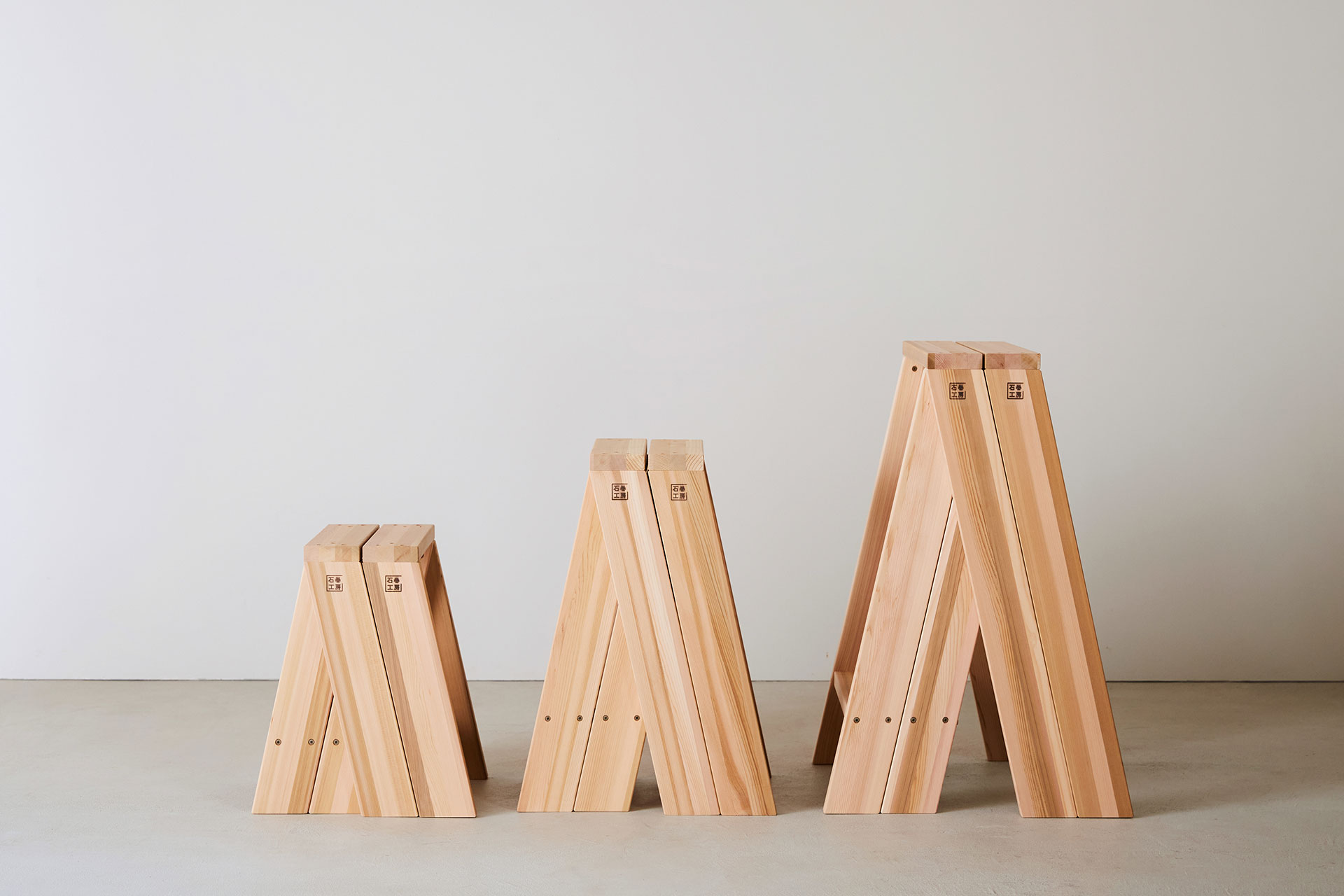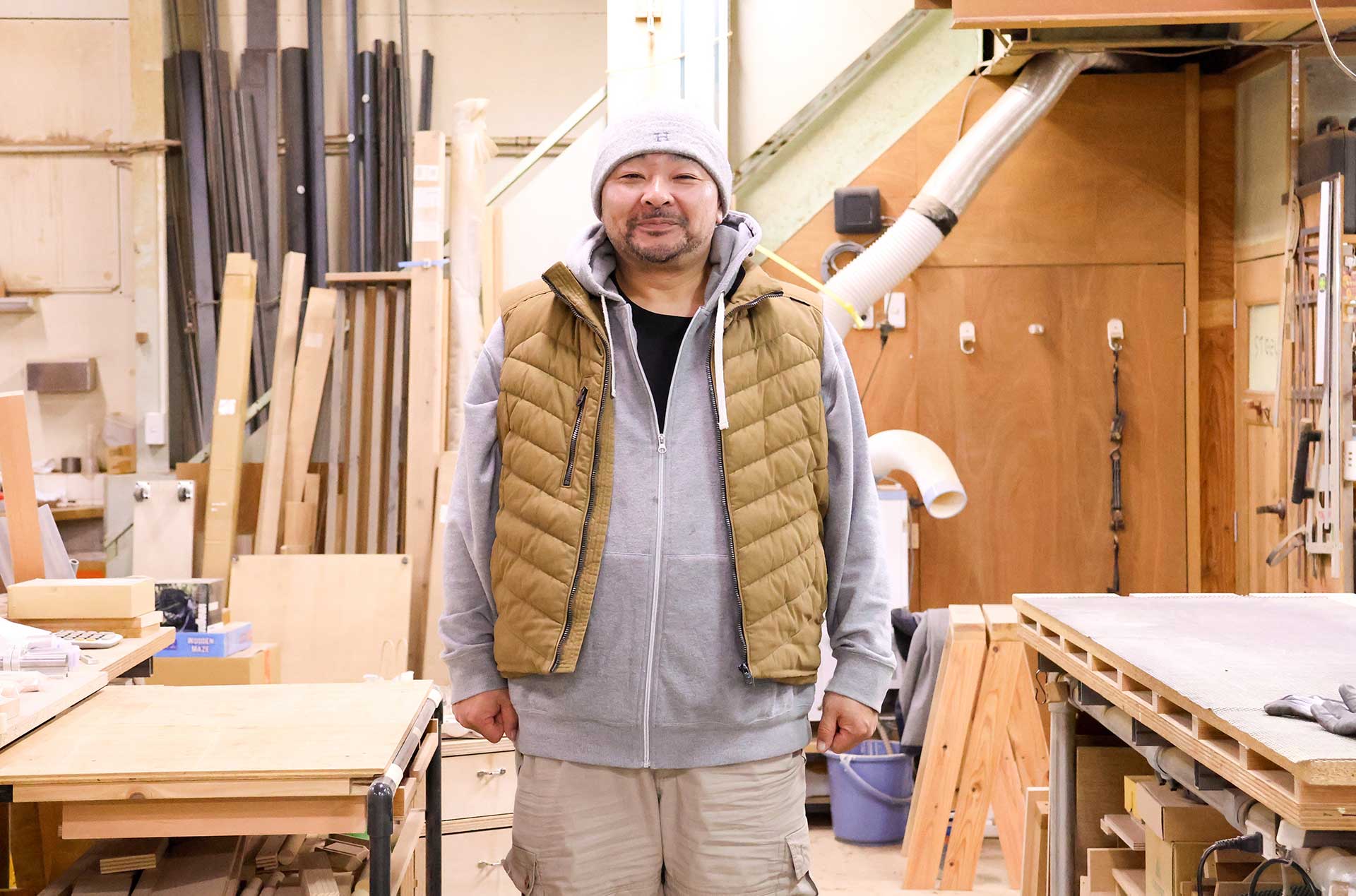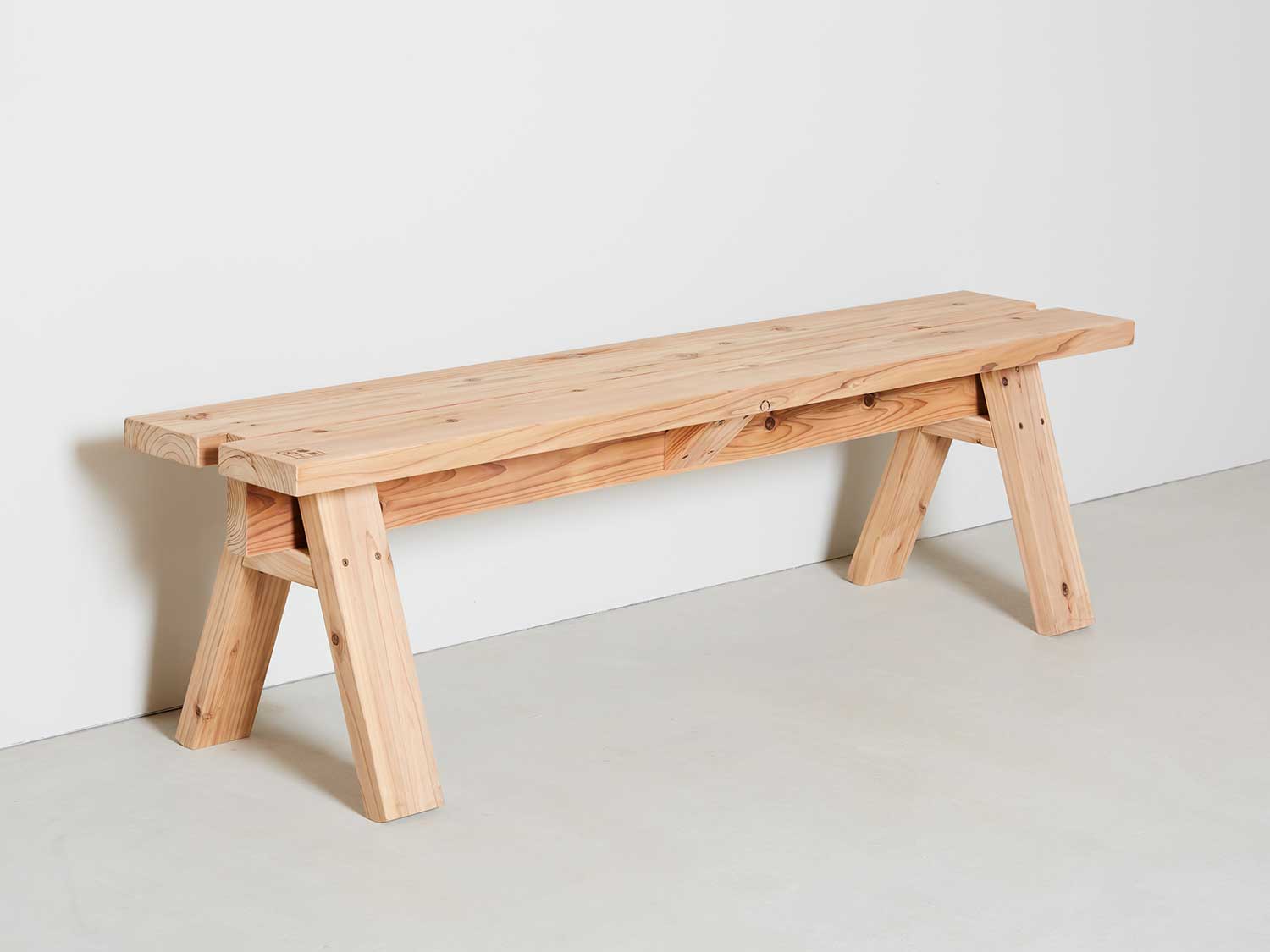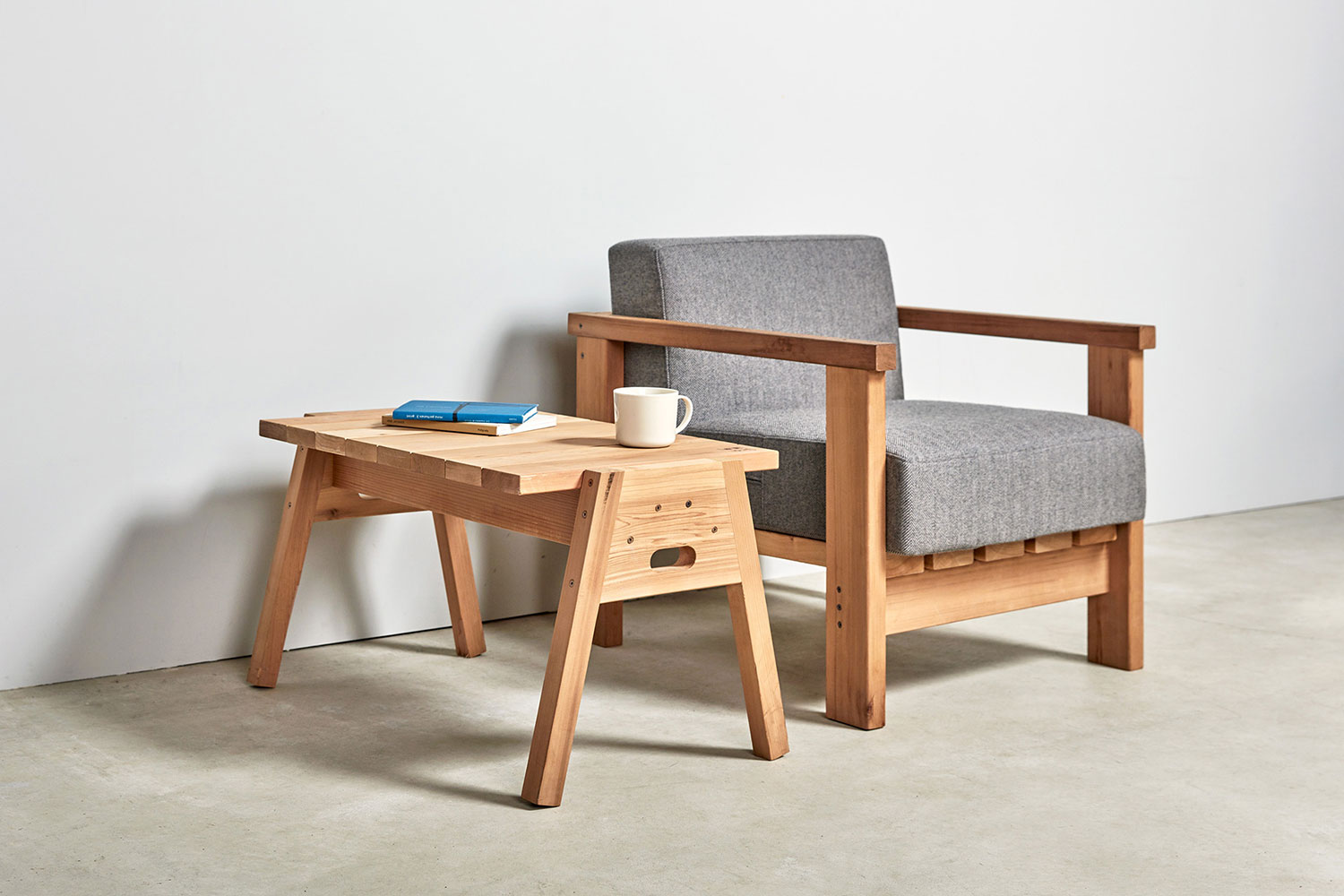
Forest

Community
Furniture Manufacturing Starting from Support for Reconstruction in Earthquake-Stricken Areas
Ishinomaki Laboratory, developed from a public workshop "for the people" into its own furniture brand
Ishinomaki Laboratory
(Miyagi Prefecture)

Overview
Ishinomaki Laboratory, located in Ishinomaki City, Miyagi Prefecture, Japan, is a furniture brand that was created out of support for recovery from the Great East Japan Earthquake that occurred in March 2011. At that time, Ishinomaki suffered severe damage from the earthquake and the tsunami that followed. Keiji ASHIZAWA, an architect and co-director of Ishinomaki Laboratory, was commuting from Tokyo to Ishinomaki to help with the reconstruction efforts and decided to help residents repair their homes and make furniture themselves. In July of the same year, ASHIZAWA and his designer friends established Ishinomaki Laboratory as a local manufacturing site that provides tools, wood, and know-how for DIY activities. Since then, Ishinomaki Laboratory has been working on restoring and renovating houses and towns through the power of DIY and design. At the same time, DIY workshops were held for disaster victims to help gain new ideas and skills for making furniture. Eventually, people started wanting to buy Ishinomaki Laboratory’s furniture, and the company began selling handmade furniture designed by domestic and international designers who sympathized with the spirit of solving social problems through the power of design. Also, the company’s manager, Takahiro CHIBA, is a former sushi chef from Ishinomaki who became involved in holding workshops for local people after the earthquake.
Successful outcomes
- Ishinomaki Laboratory has collaborated with more than 30 domestic and international designers and has created more than 50 types of furniture.
- In the early days, Ishinomaki Laboratory used donated red cedar from Canada, but now 90% of the wood is produced domestically, mainly in the Miyagi area, and the company is working toward the local production and consumption of wood.
- Ishinomaki Laboratory has now held over 30 DIY workshops both domestically and internationally.

Further valuing the origins and spirit of the company's founding: Using the power of design to expand the possibilities of DIY and to revitalize the region
Ishinomaki Laboratory began in a former boutique building in a shopping district that was damaged by the disaster. Ishinomaki City (population: approximately 134,000), located on the Pacific coast of Japan’s Tohoku region, was the area most affected by the Great East Japan Earthquake. In total, 73 km2 of the city was flooded, approximately 20,000 houses were completely destroyed, and the death toll was more than 3,400 (including earthquake-related deaths). Ishinomaki Laboratory, which began in 2011 as a place for Ishinomaki people to create things, became a corporation on March 11, 2014. Currently, there are three employees, including a craftsman.

Ishinomaki Laboratory furniture features a simple, linear design using dimensional lumber such as 2x4s. The furniture has been designed by top domestic and international designers based on a design philosophy of “simple, yet functional and attractive.” The company’s furniture, which is made for DIY applications, can be made using relatively simple processing and techniques, but in the hands of the furniture craftsmen, the results produce high-quality and sophisticated furniture. The purpose of using lumber of the above dimension stems from Ishinomaki Laboratory’s origins in making furniture using the limited materials donated at the time of the disaster.
CHIBA talked about the progress of Ishinomaki Laboratory up to 2024, saying: “We like to think of Ishinomaki Laboratory as an airplane—it has progressed forward by continuing to fly by learning by doing. One reason why we have been able to survive is because we have continued to operate our business on our own, receiving almost no grants intended for supporting disaster-affected areas.” While valuing its origins and spirit, Ishinomaki Laboratory has always stayed close to the people on the ground, creating new furniture that has never existed before while continuing to take on challenges to deliver value.

One of their slogans that encapsulates their challenges is “Made in Local.” In a project to spread the company’s ideas and designs around the world, partner companies from overseas (London, Berlin, Detroit, Manila, etc.) locally produce Ishinomaki Laboratory’s furniture, and Ishinomaki Laboratory receives a license fee for allowing them to do so. Additionally, in 2020, Ishinomaki Laboratory built Ishinomaki Home Base, which is a showroom, cafe, guest house, and manufacturing space near the workshop, creating a place for people to gather in Ishinomaki. The DIY workshops that have been held since 2011 are still ongoing both in Japan and overseas. Furthermore, since its founding, the company has valued cooperation and associations with others, such as collaborations with major furniture brands such as Herman Miller and Karimoku.
The three pillars of sales are: wholesale, direct sales, and contract business. The company has showrooms in Ishinomaki and Tokyo and sells furniture through its own website and other companies’ online shopping sites. Additionally, through its contract business, the company sells originally designed furniture for stores and offices. Based on this experience, CHIBA says: “Designs created from solving on-site problems become products that last a long time.”
Celebrating 10 years since its incorporation, Ishinomaki Laboratory is strengthening its management structure and preparing to launch a new business. Using Ishinomaki as its pivotal point, Ishinomaki Laboratory will continue its challenge of revitalizing local communities around the world by providing furniture that brings new value to everyday life through the power of design and coexistence with the environment.






